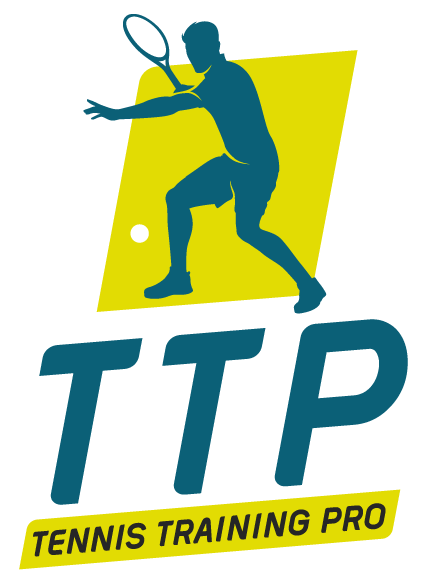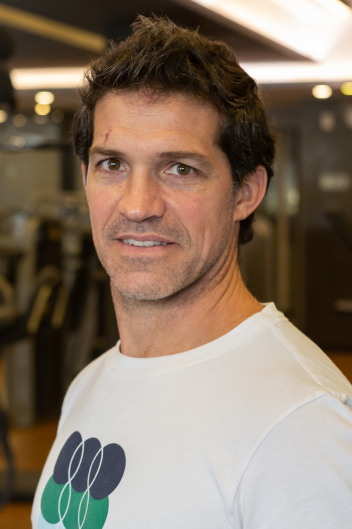Movement Patterns: The Key to Effective and Balanced Strength Training
20 de December, 2023
By Martín Beccaria
Strength is a crucial conditional ability for tennis players and the majority of athletes, as it yields multiple benefits, including increased speed, power, and injury prevention. However, for many years, high-performance athletes have focused on training muscle groups (following bodybuilding trends) rather than movement patterns.
Firstly, it’s essential to understand that movement patterns involve multi-joint muscle group movements that combine in execution, much like what occurs in most sports actions, as opposed to working isolated muscles. Additionally, we will strengthen muscle groups at angles similar to those needed on the court.
What are the movement patterns we should perform in a strength session?
It’s important to clarify that each exercise targets a primary joint where the most significant movement occurs, and where there is a higher relative weight load generated. Here’s the following classification; however, it’s not the only one and can be adapted to the needs of each coach and/or trainee:
- Dominant Ankle (traditionally known as “calves” and its variations)
- Dominant Knee (traditional squat, Bulgarian squat, lunges, etc.)
- Dominant Hip (deadlift, glute bridge, swing, etc.)
- Horizontal Pull (barbell row, trx, and all its variations)
- Vertical Pull (pull-ups, lat pulldown and its variations)
- Horizontal Push (chest press, arm push-ups, pull over, etc.)
- Vertical Push (shoulder press and its variations, lateral raises, etc.)
- Rotations (with a medicine ball or cable)
It’s crucial to know that these patterns can and should be trained both bilaterally and unilaterally. Bilateral exercises aim for higher values of strength, speed, neural activation, and thus power. Meanwhile, unilateral exercises are highly useful for stability, balance work, and reducing muscle imbalances between dominant and non-dominant limbs (fundamental in tennis, which generates significant imbalances).
Training through movement patterns can provide multiple benefits, as mentioned recently. On the other hand, it also brings greater order to our gym session and is fundamental to constructing a balanced workout between exercises selected for the anterior chain (dominant knee and pushes) and those selected for the posterior chain (dominant hip and ankle and pulls).
It’s worth noting that most tennis players usually have more strength in the anterior chain and a tendency to weakness in the posterior chain (glutes, hamstrings, scapular waist, latissimus dorsi, etc.). Addressing this deficit is crucial, as the entire posterior chain undergoes significant strain in our sport, especially in eccentric actions (braking), such as containing a forehand or the fall after a serve.
In conclusion, organizing sessions according to movement patterns is not only integral for strength training but also transcends the training of isolated muscles. This functional approach is highly beneficial for on-court performance in tennis.
Training through movement patterns can provide multiple benefits

 ES
ES EN
EN PT
PT



